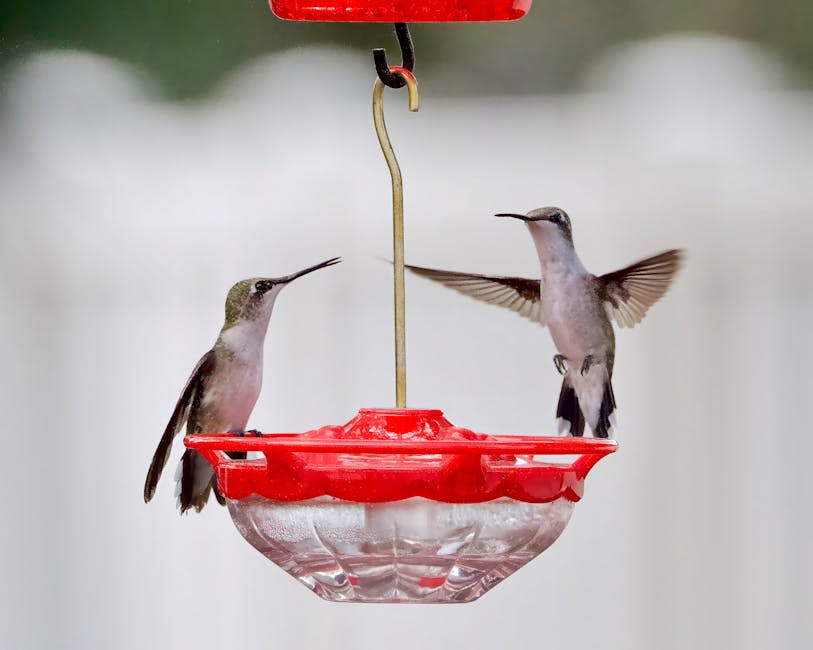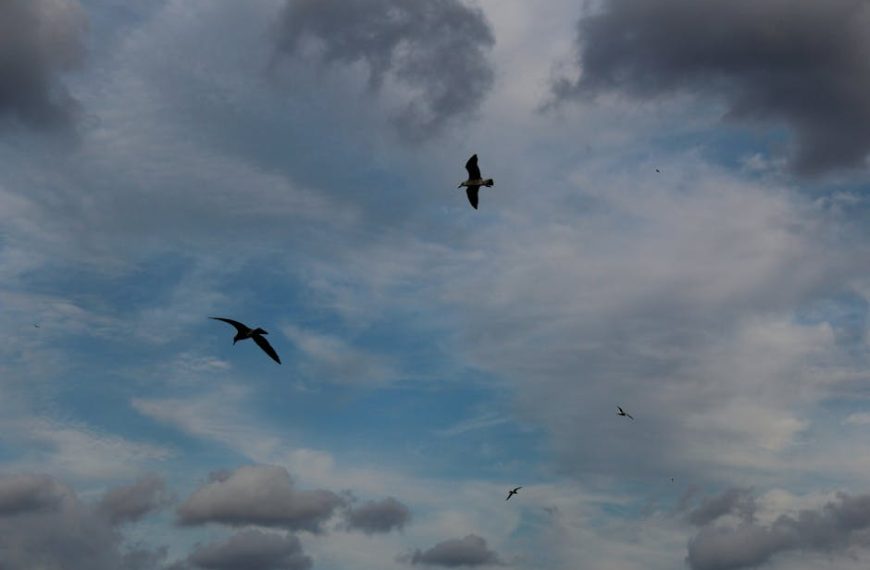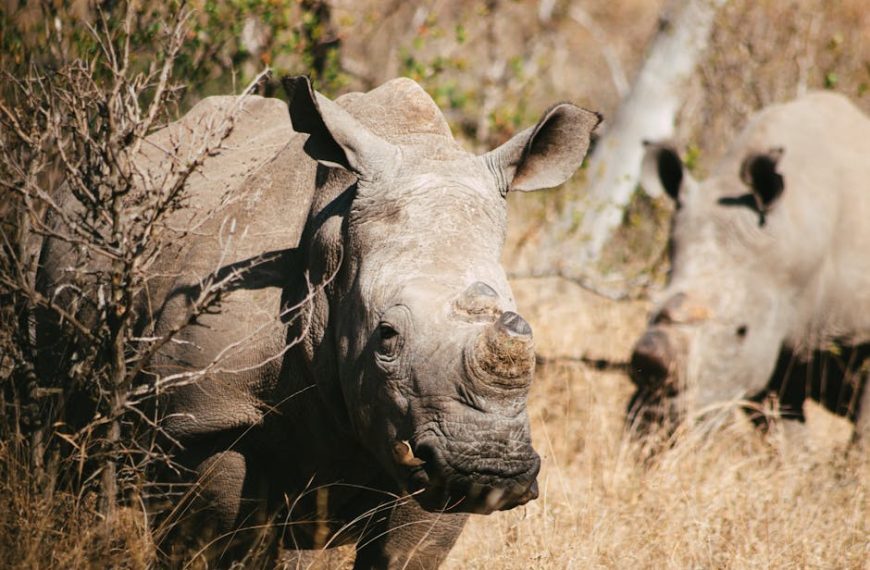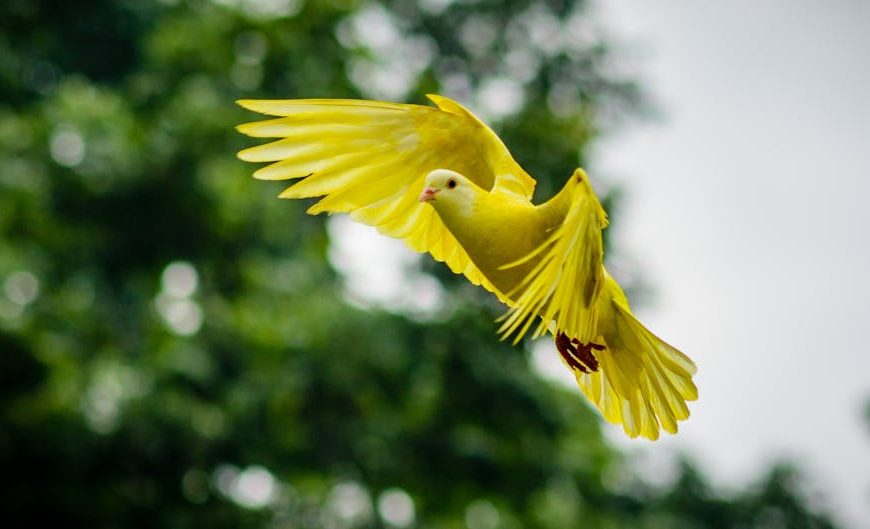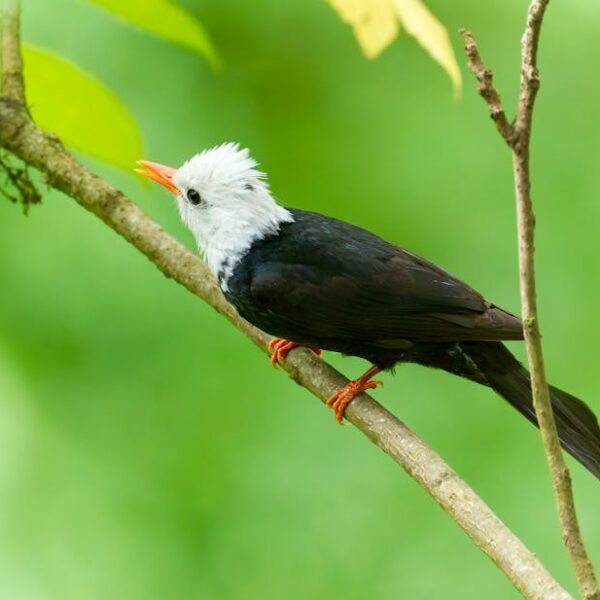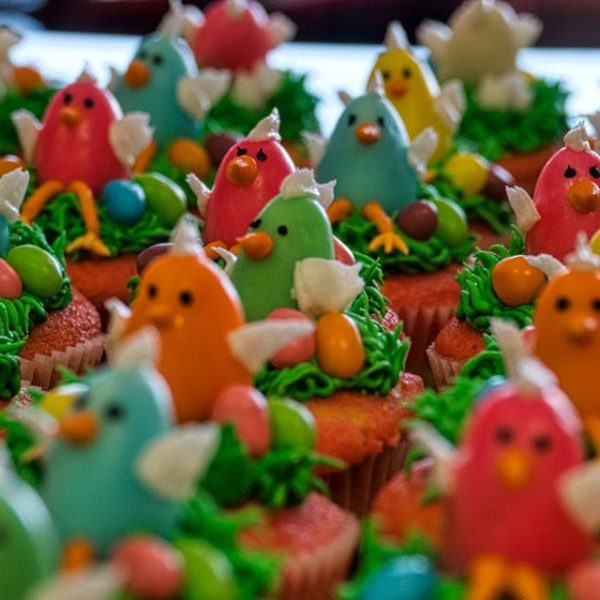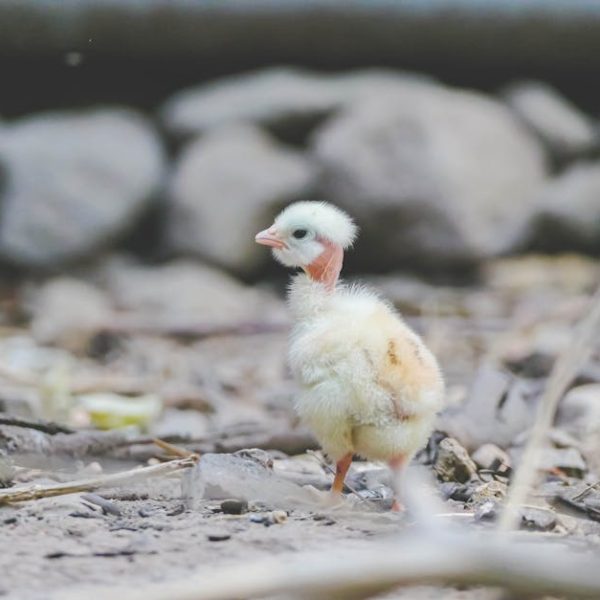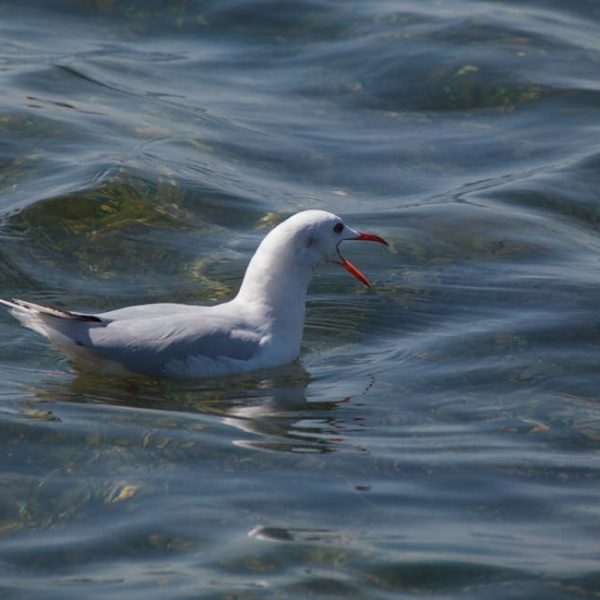In the venerated avian world, immensity often takes center stage. We stand in awe of eagles soaring high, or marvel at the reach of a peacock’s splendid fan. But among the flamboyant spectacle of the bird kingdom, the unassuming players – the tiny feathered creatures – often get overlooked. These runt-of-the-litter species represent the pinnacle of evolution’s artistic prowess, exhibiting rainbow-dipped plumes and dainty sizes that are a contrast to their vast environment.
Understanding Miniature Avian Species: The Smallest Birds Globally
The smallest living bird species comes from the family Trochilidae, also known as hummingbirds. The species within this family are wholly found in the Americas, with the Bee Hummingbird (Mellisuga helenae) reigning as the smallest bird worldwide. With a length of just 2.2 inches and a weight of 1.95 grams, it’s surprising to think that such a creature can even exist.
Some other notable small birds include:
– Goldcrest (Regulus regulus) – Found throughout Europe and Asia, this tiny bird weighs just 6 grams.
– Winter Wren (Troglodytes hiemalis) – With a length of about 4 inches, these birds are usually found in North America.
– Grey Penduline Tit (Remiz pendulinus) – This bird species found in Europe and Asia weighs only about 10 grams.
Remarkably each of these bird species thrives in diverse habitats. Bee hummingbirds prefer dense forests and woodland edges, whereas winter wrens lean towards dense underbrush in woodlands, swamps, and hedgerows. On the other hand, Goldcrests frequent coniferous forests and mixed woodlands, while Grey Penduline Tits cozy up in riverside woodlands and parks.
The Incredible Egg to Flight Journey: Growth of the World’s Smallest Birds
The journey from egg to flight for these bird species is a microcosm of the miracle of life itself. For instance, hummingbird chicks hatch from eggs roughly the size of a jelly bean within 15-18 days. The mother hummingbird feeds them with a mix of insect and nectar, growing their size by nearly double each day. When they reach about twenty days old, the chicks are flight-ready.
During the early stages of their lives, these tiny birds are vulnerable. Therefore, they have got some tactics to increase their odds of survival:
– Camouflage: Young birds often have feathers that blend into their nests, making them less perceptible to predators.
– Staying Still: When the mother bird leaves the nest, the chicks know to stay perfectly still and quiet to avoid attracting attention.
– Rapid Growth: To reduce exposure to predators, these birds grow very fast, reaching maturity within a couple of weeks.
Unraveling Secrets of Their Survival: Adaptation Mechanisms of the Smallest Birds
For these smallest of avian species, survival is an art of adaptation and innovation. For instance, hummingbirds have the incredible ability to hover in mid-air by rapidly beating their wings around 80 times per second, an adaptation that allows efficient feeding from flowers. Furthermore, the bee hummingbird can fly forwards and backward, a feat not many birds can match. Their unique flight abilities coupled with a high metabolic rate – the highest among vertebrates – reflect their masterly adaptation to their environment.
These birds also have superior vision, which aids in locating food. Moreover, hummingbirds participate in ‘torpor,’ a form of hibernation to conserve energy when food is scarce. Meanwhile, wrens exhibit excellent adaptability by altering their feeding behaviors and habitats as per seasonal changes to survive. Goldcrests, on the other hand, huddle together in groups for warmth during the chillier months. Thus, these tiny creatures have evolved unique survival strategies that ensure they continue to grace our world.
Chirping Melodies: Social Behavior and Communication of the Smallest Birds
Small but certainly not silent, these feathered gems of the jungles possess a complex array of social behaviors and communication methods. The Bee hummingbird’s social hierarchy often sees males staking out territories rich in blooms, later luring females with an elaborate flight display. Their songs, a short sequence of high-pitched ticks, and buzzes, is an acoustic marvel in the bird world.
Conversely, the Goldcrest’s song is a repetitive, high-pitched whistle, while the Winter Wren exhibits a complex and loud song for its size. Here’s a checklist of unique sounds and behaviors:
– Bee Hummingbird: High-pitched ticking and buzzing sounds; territorial display flights.
– Goldcrest: Repetitive high pitched whistle; huddles for warmth in cold.
– Winter Wren: Complex and loud song; solitary outside breeding season.
– Grey Penduline Tit: Short, repeated ‘zeee’ or ‘see’ call; cooperative breeding with males helping females incubate eggs.
Despite their slightly different communication patterns, each species effectively communicates its warnings, mating calls, and territorial claims in its unique way.
Conservation Status and Threats: Preserving the World’s Smallest Birds
Despite their impressive capabilities, these petite aviators are not immune to the perils of the natural world and human interference. Their survival is often tested through habitat loss, climate change, predation, and in some cases, hunting. For instance, the Bee Hummingbird, although not currently endangered, suffers from habitat loss due to deforestation.
Some steps that have been taken for conservation include:
– Protection of forest habitats: Implemented not only for the Bee Hummingbird, but for countless forest-dwelling species.
– Birdwatching and eco-tourism: Promotes awareness and supplies funding for preservation efforts.
– Strict hunting regulations: Enforced in several regions to safeguard bird populations.
No matter how small, these birds contribute significantly to our biodiversity. By understanding their lifestyles, behaviors, and habitats, we can implement more strategies to ensure their preservation for future generations. So, let’s recognize the splendid beauty and tenacity of the smallest birds in the world, and do our best to honor and protect their place in the great theater of nature.
Key Takeaway:
- The smallest bird species globally, such as the Bee Hummingbird, Goldcrest, Winter Wren, and Grey Penduline Tit, have developed an array of survival and adaptation mechanisms in different habitats.
- Their rapid growth, abilities to blend with their environment, unique feeding strategies and flight abilities, are some examples of these adaptation mechanisms.
- These birds also exhibit intricate social behaviors and unique communication patterns.
- Despite their small stature and impressive survival mechanisms, these birds face multiple threats, including habitat loss, climate change, and predation.
Remember, every bird, regardless of its size, plays a pivotal role in maintaining the balance in our ecosystem. By understanding their peculiar lifestyles and behaviors, we can better appreciate their existence and work towards their conservation.
FAQs
Q: What is the lifespan of the smallest birds?
A: The lifespan of these birds varies, but in general, these birds have shorter lifespans due to their size and multiple threats they face.
Q: How do these small birds interact with larger bird species?
A: Interaction patterns vary with species but smaller birds often avoid larger ones to reduce the risk of predation.
Q: Can I keep any of these smallest birds as pets?
A: It’s crucial to respect wildlife and their natural habitats. Most of these species are better left in the wild rather than kept as pets.
Q: What role do these small birds play in the ecosystem?
A: Despite their size, these birds play significant roles in pollination, seed dispersal, and controlling insect populations.
Q: Are there specific conservation projects dedicated to these smallest bird species?
A: There are several conservation projects aimed at preserving various bird species, including the smallest ones. Many of these initiatives focus on habitat preservation and public education.
Your involvement matters! Share this article to raise awareness about these fascinating small bird species. Explore more posts on our website to gain a deeper appreciation for the natural world.
